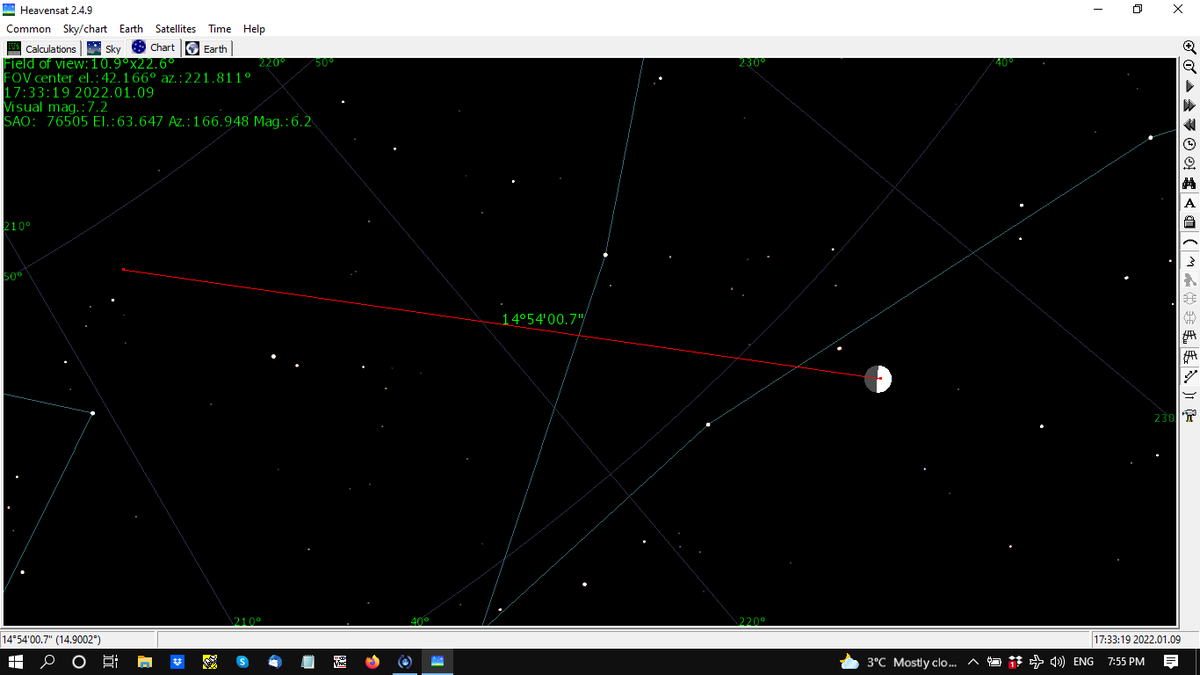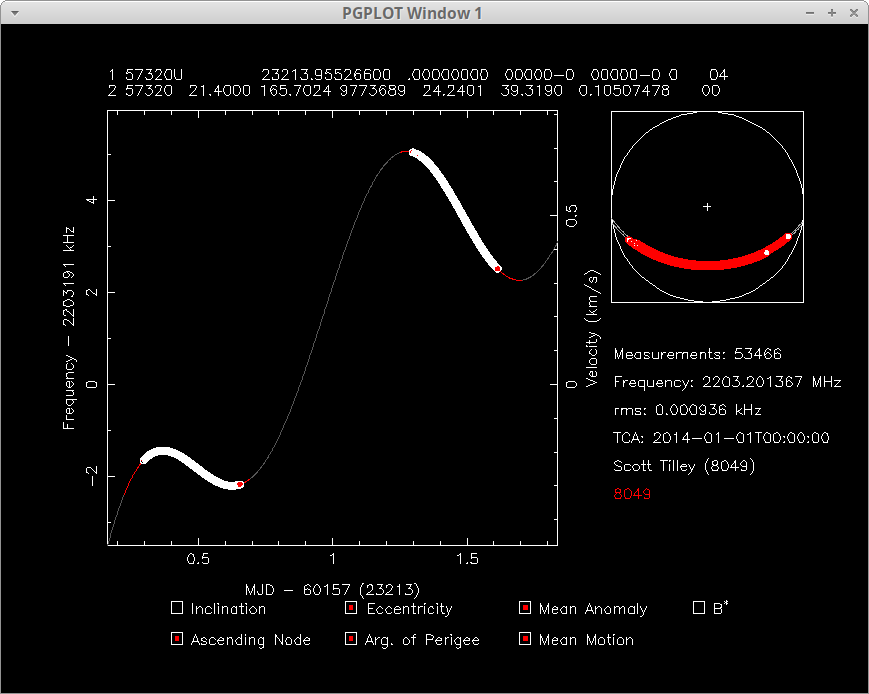The last observation before #Change5 'disappeared' after Dec 2nd, was 19 degrees from the Moon on the western side. Perhaps just before a burn!? This as you will see is significant to understand CE5's present trajectory and why I'm pretty much convinced it is in a DRO now. (1/n) 

The geometry of Dec 2nd timing is curious to say the least. If you examine this plot you'll not there are a number of possible DROs. If you measure the elongation angles for the second closest to the Moon you get ~19 degrees. (2/n) 

I'm not sure if it's required or just easier, but #NASA is using the elongation point to do their insertions to a DRO. It's referred to as a Distant Retrograde Insertion (DRI) of course! 

#Change5 was recovered on January 6th and it was noted to be very close to the Moon at that time. With Edgar and Jean-Luc noting it pass just below it. Some grace for measurement errors should be allowed as radio positional techniques were used... (3/n) 



Later observations by amateurs observed the eastern elongation from the Moon at about 15 degrees. Afterwards #Change5 has been getting closer to the Moon angularly. A DRO of this size would have a period 12-14 days... (4/n) 

We are seeing ~7 days for #Change5 to transit from its last angular close approach to the one that is setting up now. This matches half the DRO orbital period of this class of DRO. I'm calling it, CE5 is in a DRO. We only need to determine just how DRO it is... (5/n) 

Please recall, a DRO is a chaotic orbit in the sense that it is highly sensitive to initial and on going very small condition changes. While it is stable it is only predictable within a certain defined realm for a fairly finite period of time. (6/n) 

Thanks to @df2mz and @LucMilette for sharing their data.
• • •
Missing some Tweet in this thread? You can try to
force a refresh



















